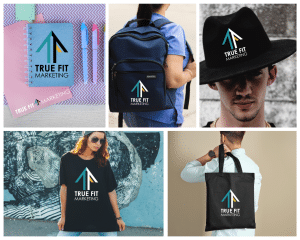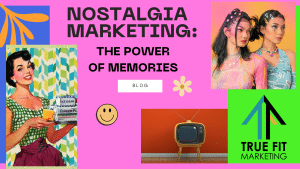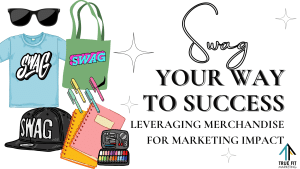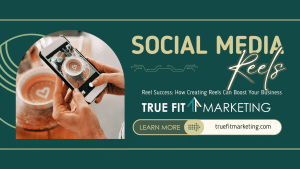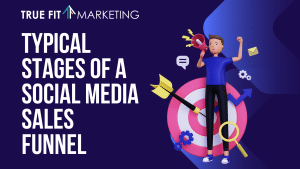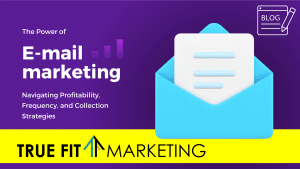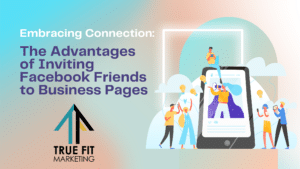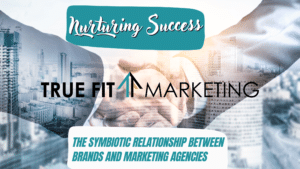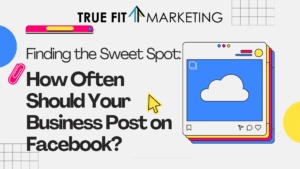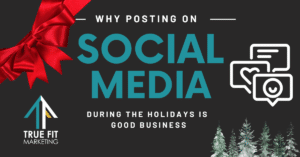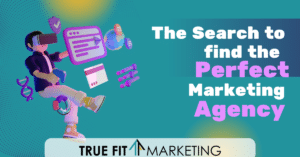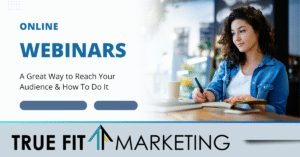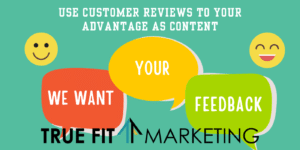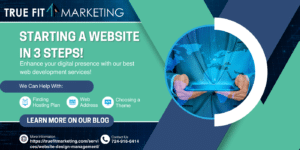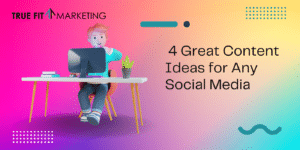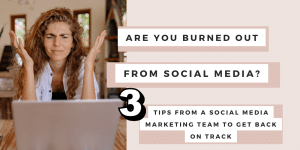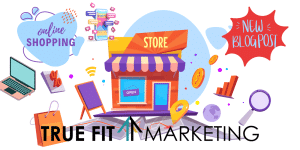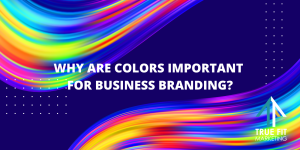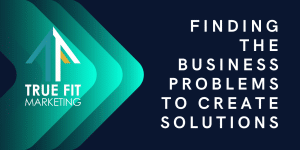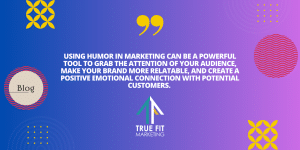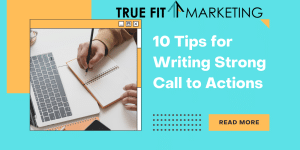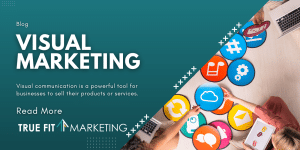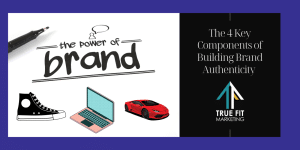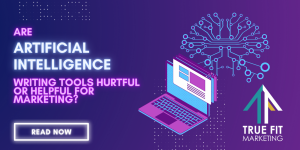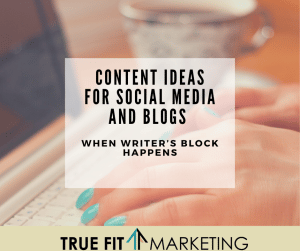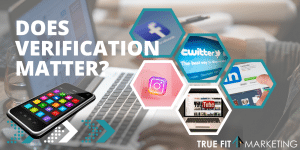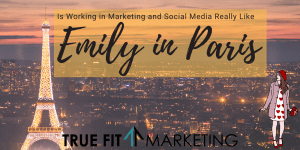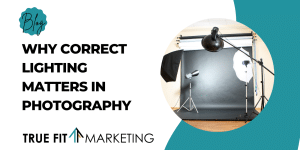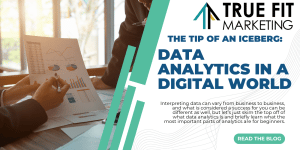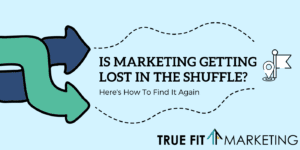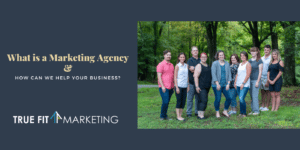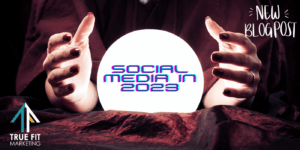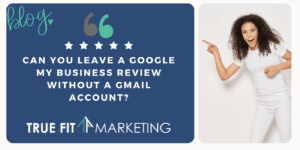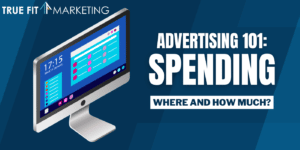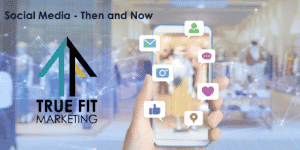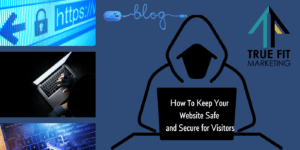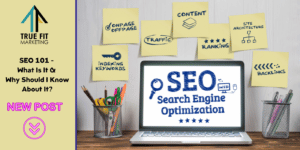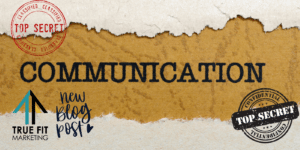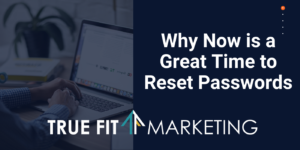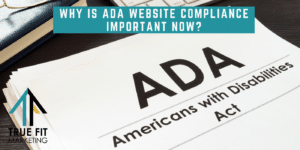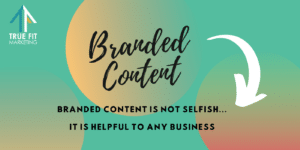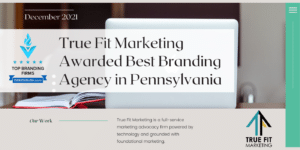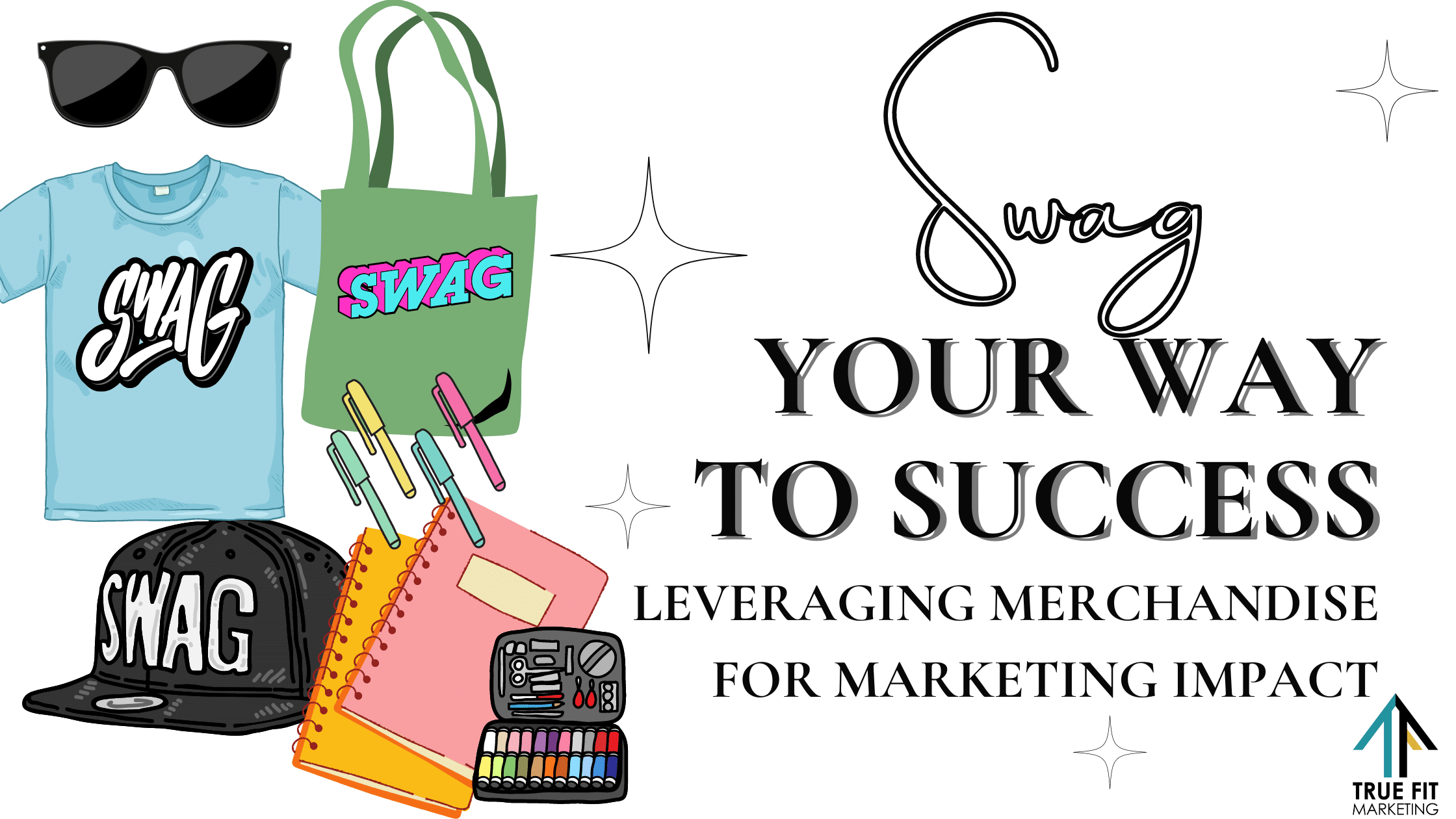
Are the days of corporate branded pens, sticky notes, notebooks and t-shirts dead? Do we really have too many travel mugs, coffee mugs and ChapSticks? In marketing, “swag” typically refers to promotional merchandise branded with a company’s logo or messaging. These items are often distributed internally and externally. Overall, the goal of providing swag is to enhance brand recognition, create positive associations, and foster a sense of loyalty among recipients. But does it actually work or are companies just wasting their money on items that go straight to the donation bin, junk drawer or even the trash once at home?
Does Swag Benefit a Business?
It is the million dollar question! If my company purchases $X amount in swag for external use, what is our return on investment going to be? Unfortunately, there isn’t a math equation that can calculate your ROI when it comes to swag. But what we can tell you is that swag can contribute to other things in the business world.
From a marketing perspective, the optimal swag category typically consists of affordable, practical items that fulfill a specific need without the need to compete with higher-end or sentimental alternatives. For instance, items like inexpensive lens cleaner solutions, which serve a functional purpose without requiring an emotional attachment, fall into this category. But higher end items, like name brand jackets that are practical in everyday living, and cost more than other swag, may end up having a positive impact on the end user’s emotions and experience with the product. Remember, when a logo is on the clothing, they will become a walking billboard and thus part of your advertising team.
When considering swag items, it’s crucial to recognize that the difference between low-cost and high-end alternatives may be marginal for most individuals. Since people generally do not have sentimental attachments to these types of products, opting for cost-effective solutions can offer a favorable cost/benefit ratio. However, does lower cost then relate to the item going straight into the community kitchen cupboard with the rest of the coffee mugs, or in the pen cup to never be the preferred pen?
Purchasing in bulk can make swag items more affordable and can provide excellent value as they offer repeated exposure to individuals. Continued and ongoing exposure reinforces brand visibility and can lead to increased brand recall and engagement over time, making them an effective marketing investment.
 What Swag is the Best Swag?
What Swag is the Best Swag?
Aha! Another million dollar question! And likely what you truly came to read about. The list of possible swag options is quite endless. From the usual pens, sticky notes, coffee cups and water bottles, to brand name clothing, shoes, electronics and beyond, there is a wide array of options to choose from. Things can also vary from internal employee products to external potential customer products.
Let’s start with the external swag. Think trade shows, events, introductory meetings, or just stuff that you leave in your car to hand out when you meet someone new. These are all items that should leave a lasting impression on potential customers. Popular swag items for this group can include things like:
- T-shirts and hats, but many say the t-shirts end up becoming pajamas or gym shirts if they are not comfortable for everyday wear or just are too much branding. Hats are hit or miss because people have preferences. Save the hats for people who you know are hat people.
- Pens, sticky notes and notepads are always useful, but only if they are quality. Think about pens that write really nice, maybe have a stylus on the other end and are nice to grip. Sticky notes that are small enough to throw in a bag, but are not flimsy, and notepads that people actually want to use. Maybe they have jokes or tips on them. Even better are notepads that have sayings that people like to reshare on them.
- Tote bags that are insulated or any other branded merchandise that serves as a tangible and useful representation of the company or brand. This could also encompass socks, as this has been known to be a popular item in cold places, along with beanies, hats, hand warmers and scarves. For those warmer climates, branded paddle fans, sunscreen, sunglasses, facial mist, etc. might be really appreciated and used often.
- Random other items that are useful that people love to get are mini sewing kits, ice gel packs, mints, calendars and badge/ID holders/pulls.
Internal swag typically costs a bit more as it is usually looked at as an investment into the employee. The employee should then feel valued and a part of the team with their inclusion to the swag club. Popular internal employee swag can include:
- Backpacks and clothing are always the first things we suggest to give out. It is nice to have a designated backpack just for your work items. Make it nice though as you hope that the employee will stay for a long time thus the backpack should last a long time. As far as clothing goes, we suggest actually getting the employees sizes and giving them size-appropriate clothing. There is nothing worse than always just getting XL clothing because that’s all they have (unless you happen to be lucky enough to be that size!) Also, it is really recommended to go big on the quality of the clothing so that your employees will actually want to wear it. Items that will last after weekly washing in hopes they will wear it to and from the office at least once a week.
- Useful electronic-themed items portable chargers, branded charging cables, phone stands for the desk or car, pop sockets for the phone.
- Industry-themed ideas like industry shaped paper clips (you could get really creative with this!), branded Tide to Go pens for lunch accidents, ChapStick since lips always get dry in offices and great for the purse and pockets, and coasters for your desk.
- And don’t forget that your internal employees may also want the swag for your external people, so let them pick and choose. You may find that some items are liked more than others and this can help determine whether you want to get those items again or not.
The Bottom Line
Obtaining swag can bestow some fraction to sales indirectly by strengthening brand recognition, fostering positive associations with the brand, and increasing customer loyalty. When recipients use or wear swag items, they essentially become walking advertisements and billboards for the brand, exposing it to a wider audience. Additionally, receiving swag can create a sense of reciprocity or goodwill, making potential and current customers more inclined to engage with the brand in various forms or make a purchase in the future.
The impact of swag on sales can be positive or even negative depending on various factors. The quality of the items, how well they align with the brand’s image, the context in which they’re distributed, and the overall effectiveness of the marketing strategy are just some factors we can relate back to sales. While swag and only swag alone may not directly result in immediate sales, it can play a valuable role in building brand awareness and strengthening customer relationships, ultimately contributing to long-term sales growth. And it is even better when swag is personalized, perceived as a wanted item and is something that can be used time and time again.
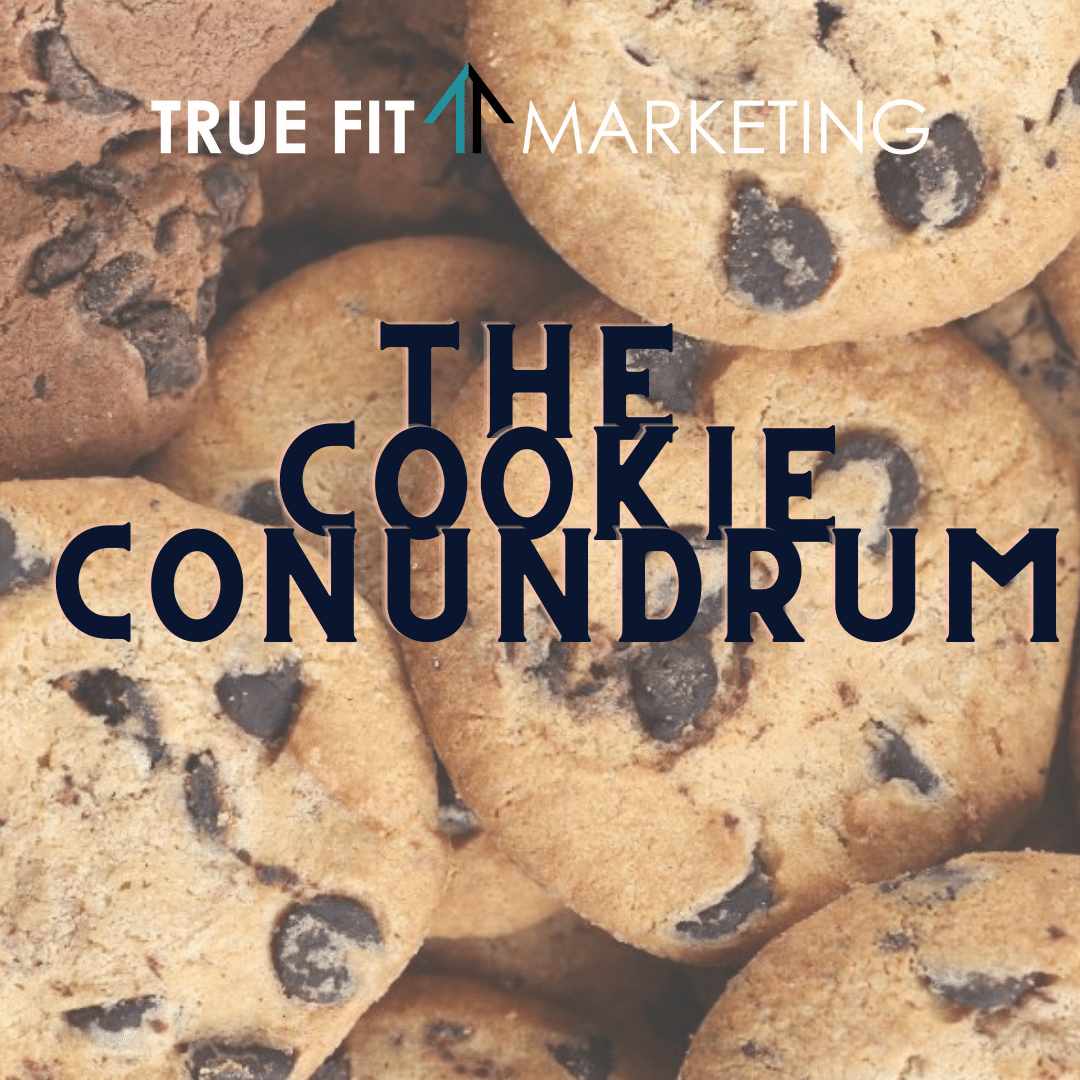
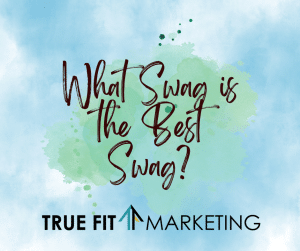 What Swag is the Best Swag?
What Swag is the Best Swag?